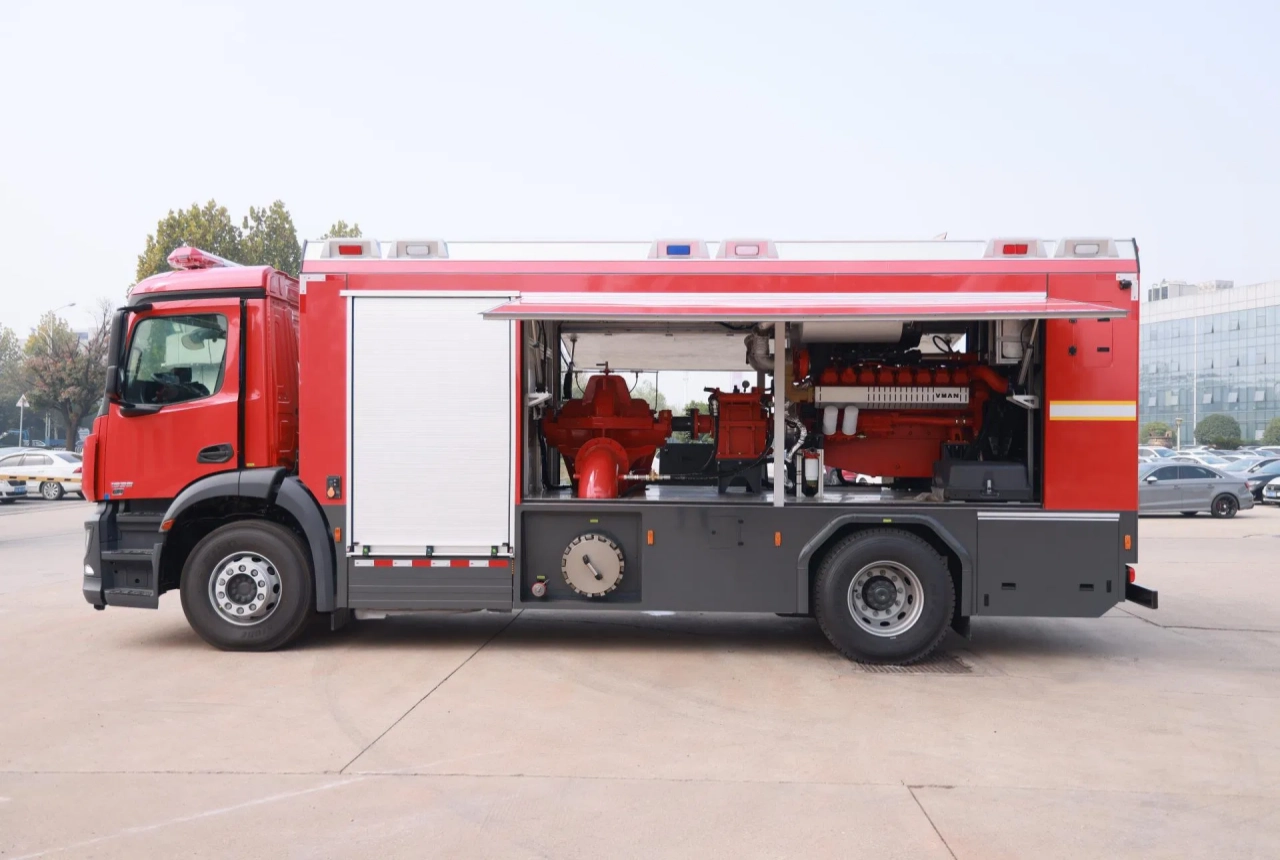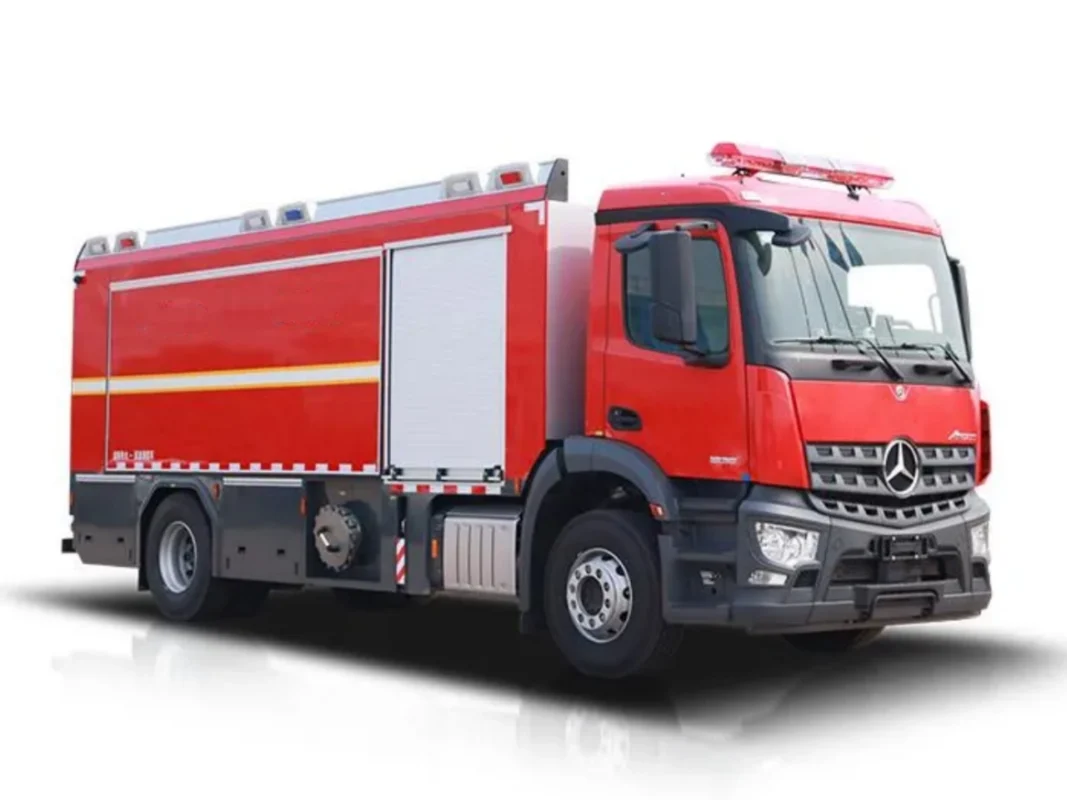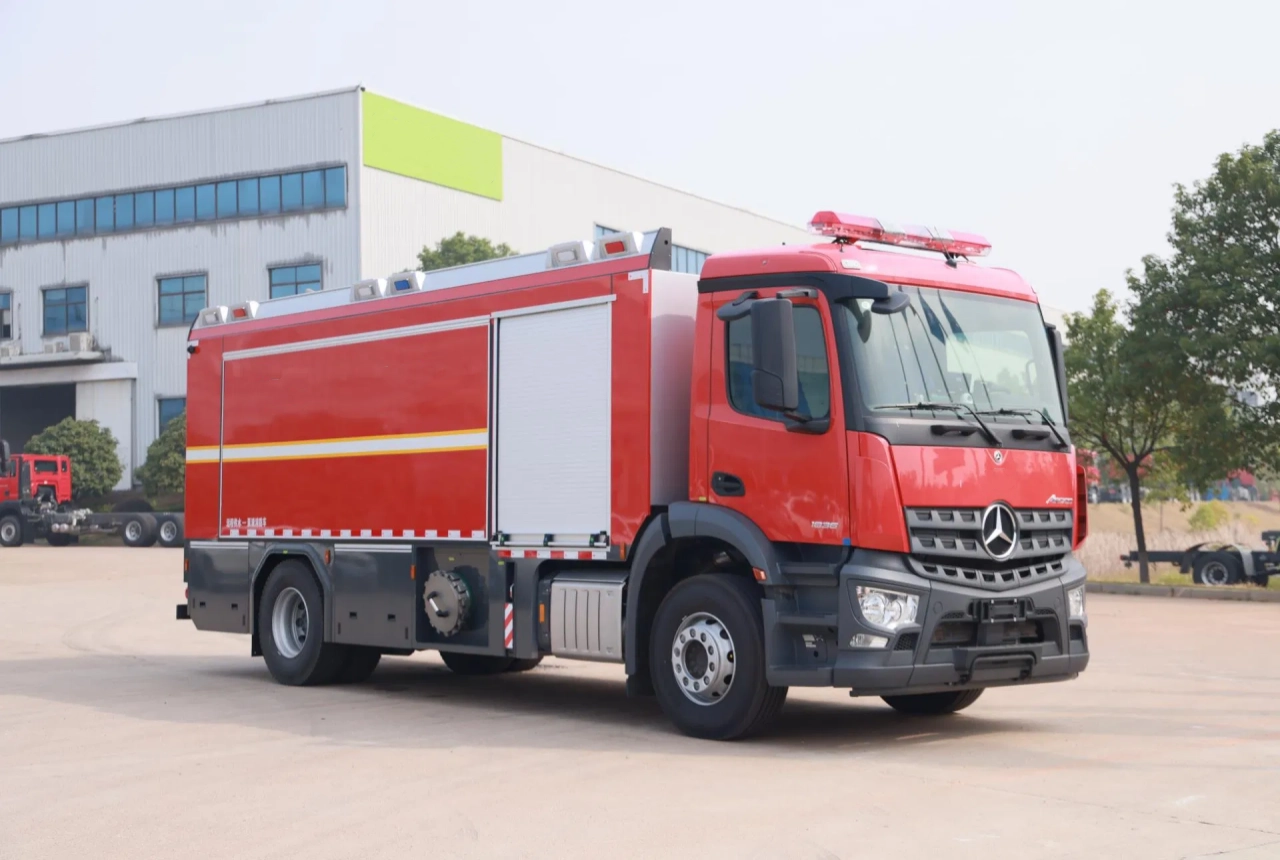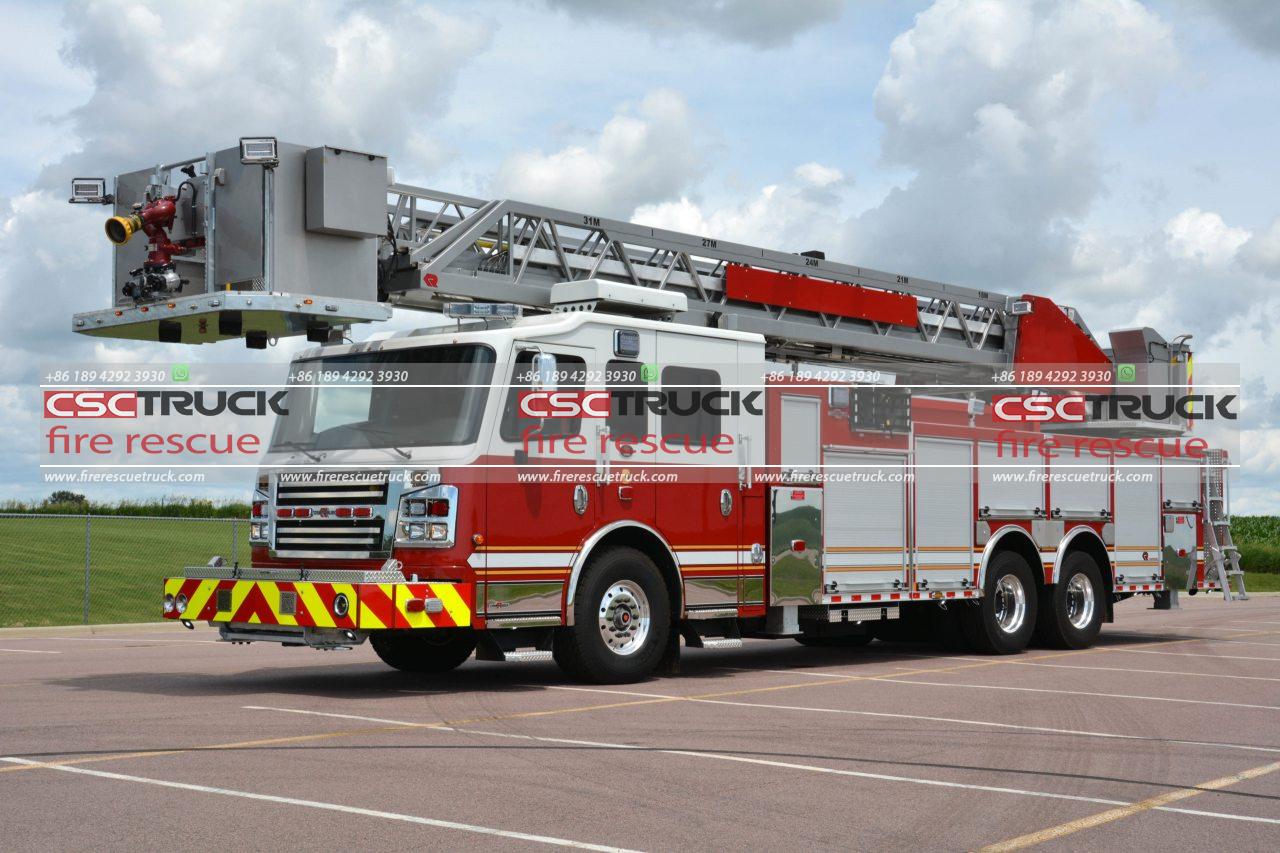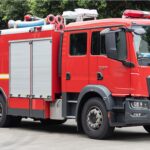When emergencies strike—be it a towering blaze in a high-rise building, a forest wildfire, or a vehicle accident on a highway—fire vehicles are among the first to arrive on the scene. But what exactly is meant by a “fire vehicle”? Is it simply a truck that carries water to fires? Or is there more to the story?
In reality, the term “fire vehicle” encompasses a wide range of specialized vehicles, each engineered for specific firefighting, rescue, or emergency response tasks. Understanding the types, functions, and components of fire vehicles can give us a greater appreciation for their critical role in protecting lives, property, and the environment.
Defining a Fire Vehicle
A fire vehicle, also commonly known as a fire truck, fire engine, or fire apparatus, is a motorized vehicle designed and equipped to assist in firefighting operations. These vehicles can vary significantly in size, equipment, and purpose depending on the region, the type of fire department, and the nature of the emergencies they are meant to respond to.
At its core, a fire vehicle is intended to:
- Transport firefighters to the scene
- Carry essential firefighting equipment
- Supply water or connect to a water source
- Perform rescue operations
- Handle hazardous materials or specialized emergencies
While the terms “fire truck” and “fire engine” are often used interchangeably in casual speech, professionals distinguish between them based on their design and function.
The Main Types of Fire Vehicles
Fire services worldwide utilize different types of fire vehicles, each tailored for specific operational roles. Here are some of the most common categories:
1. Fire Engine (Pumper Truck)
This is the most recognized and standard type of fire vehicle. Its primary function is to pump water to extinguish fires. Key features include:
- Water tank (typically 500–1,500 gallons)
- High-capacity water pump
- Hose reels and nozzles
- Ladders, tools, and firefighting gear
Fire engines are the backbone of most firefighting fleets and are usually dispatched first to active fires.
2. Aerial Ladder Truck
Also called a hook-and-ladder truck, this type is equipped with a long telescoping ladder mounted on a turntable. Some models also have a basket or platform at the end of the ladder. They are essential for:
- Reaching the upper floors of buildings
- Performing high-elevation rescues
- Ventilation tasks (like breaking windows or cutting through roofs)
These trucks may not carry their own water or pump systems, but are often paired with a fire engine.
3. Tower Ladder Truck
Similar to an aerial ladder truck but with a pivoting platform (bucket) at the end. The platform can carry firefighters and equipment, providing a safer and more stable work area at high elevations. Water cannons or monitors are often mounted on the platform.
4. Tanker (Water Tender)
Used in rural or remote areas where hydrants are unavailable, tankers transport large volumes of water, ranging from 1,000 to 5,000 gallons. They may not have powerful pumps, but often support fire engines by delivering water to the scene.
5. Rescue Vehicle
These vehicles are specialized for technical rescue operations rather than fire suppression. They carry equipment for:
- Vehicle extrication
- Confined space rescue
- Rope rescue
- Collapse or trench rescue
Some are known as “heavy rescue” vehicles due to the volume and variety of gear they transport.
6. Hazmat (Hazardous Materials) Unit
Designed to handle chemical spills, gas leaks, and other hazardous material incidents, these units contain:
- Protective suits
- Detection and analysis instruments
- Decontamination equipment
- Containment tools
Hazmat vehicles are staffed with specially trained personnel who follow strict protocols for dangerous materials.
7. Wildland Fire Engine
Used in forested or grassy regions, these engines are smaller and more mobile than urban fire engines. They often feature four-wheel drive and carry specialized tools like fire rakes, pulaskis, and backpack pumps for wildland firefighting.
8. Airport Crash Tender
These high-performance vehicles are stationed at airports to respond to aircraft emergencies. They carry:
- High-capacity foam systems
- Dry chemical extinguishers
- Rapid-deployment turrets
- High-speed mobility to navigate runways
Components and Equipment on Fire Vehicles
Fire vehicles are equipped with a wide array of tools to handle different types of emergencies. Typical equipment includes:
- Hoses and Nozzles – For water delivery
- Ladders – Fixed and extendable
- Self-Contained Breathing Apparatus (SCBA) – For entering smoke-filled environments
- Thermal Imaging Cameras – To detect hotspots and locate trapped victims
- Rescue Tools – Including hydraulic cutters and spreaders (commonly called the “Jaws of Life”)
- Medical Equipment – Some fire vehicles double as first response units with defibrillators, oxygen tanks, and trauma kits
Fire vehicles may also feature scene lighting, radio communication systems, onboard computers, and traffic control equipment.
Crew and Operation
The number of firefighters on board varies depending on the vehicle and department. A standard fire engine might carry 4 to 6 crew members, including:
- A driver/operator (responsible for vehicle and pump operation)
- A captain or lieutenant supervises the crew.
- One or more firefighters
Each crew member may have specialized training for roles such as driving, pumping, search and rescue, or hazardous material handling.
Innovations and Trends
Modern fire vehicles are incorporating more technology to improve efficiency and safety. Some of the latest advancements include:
- Electric fire trucks – Reducing emissions and operational noise
- AI-powered incident analysis systems
- Telematics and GPS integration – For route optimization and fleet management
- Drones – Launched from vehicles for aerial reconnaissance
Customization is also a key trend, with departments ordering vehicles tailored to their geography, population density, and emergency call patterns.
Conclusion
A fire vehicle is far more than a red truck with a siren and flashing lights. It is a mobile command center, a rescue unit, and a specialized firefighting machine, all rolled into one. The variety of fire vehicles—from ladder trucks to rescue units—reflects the diverse and challenging nature of modern firefighting and emergency response.
Understanding what is called a fire vehicle allows us to better appreciate the complexity and importance of these machines and the professionals who operate them. Whether in cities, forests, airports, or highways, fire vehicles are a vital part of the emergency response ecosystem, standing ready to save lives when every second counts.
